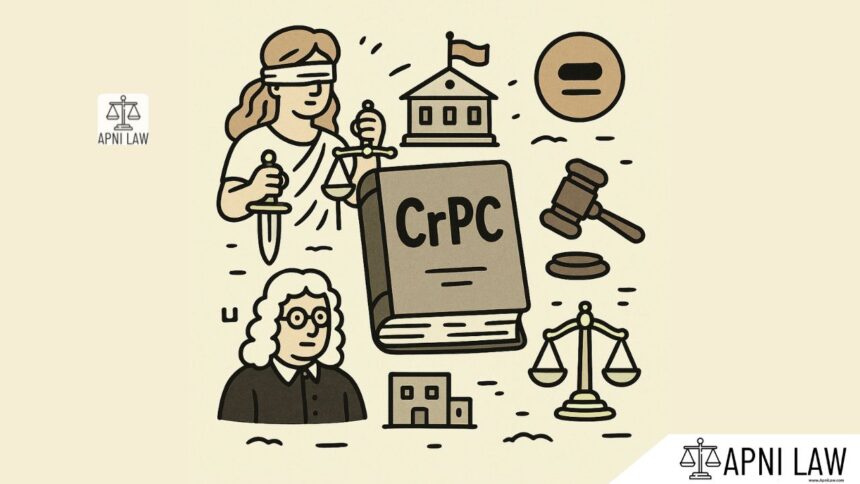Code
(1) Every Chief Judicial Magistrate shall be subordinate to the Sessions Judge; and every other Judicial Magistrate shall, subject to the general control of the Sessions Judge, be subordinate to the Chief Judicial Magistrate.
(2) The Chief Judicial Magistrate may, from time to time, make rules or give special orders, consistent with this Code, as to the distribution of business among the Judicial Magistrates subordinate to him.
STATE AMENDMENT
Bihar
Amendment of Section 15.–After sub-section (2) of Section 15 of the said Code the following sub-section shall be substituted and shall be deemed always to have been substituted, namely: —
“(3) Any Judicial Magistrate exercising powers over any local area extending beyond the district in which he holds his court shall be subordinate to the Chief Judicial Magistrate of the said district and reference in the Code to the Sessions Judge shall be deemed to be reference to the Sessions Judge of that district where he holds his court.”
[Vide Bihar Act 8 of 1977, s. 4]
Explanation
This section ensures a hierarchical structure within the judicial system. It establishes that:
- The High Court is the superior authority in criminal matters within its jurisdiction.
- Judicial Magistrates are accountable to the High Court for their decisions and actions.
- The High Court can issue directions, guidelines, and instructions to Judicial Magistrates regarding their work.
- The High Court can review the decisions of Judicial Magistrates and can even set aside or modify them if they are found to be incorrect or unlawful.
Illustration
Imagine a case where a Judicial Magistrate acquits a person accused of a serious crime, and the prosecution feels the judgment was erroneous. In such a situation, the prosecution can appeal against the order of the Judicial Magistrate before the High Court. The High Court, as the superior authority, will review the judgment and may either uphold, modify, or overturn the acquittal depending on the merits of the case.
Common Questions and Answers
-
Q: What are the powers of the High Court under this section?
A:
The High Court has extensive powers under this section. It can:
- Issue directions and guidelines to Judicial Magistrates
- Review and modify decisions of Judicial Magistrates
- Transfer cases from one Judicial Magistrate to another
- Supervise the work of Judicial Magistrates
-
Q: Is the High Court’s power over Judicial Magistrates absolute?
A:
No, the High Court’s power is not absolute. It must exercise its powers judiciously and fairly, and it must respect the independence of Judicial Magistrates.
-
Q: What are the implications of this section for the judicial system?
A:
This section ensures consistency and fairness in criminal justice by establishing a hierarchy of courts and by providing a mechanism for review and supervision of the work of Judicial Magistrates. It also ensures that the High Court, as the apex court in the state, can ensure that criminal justice is delivered in accordance with the law.








